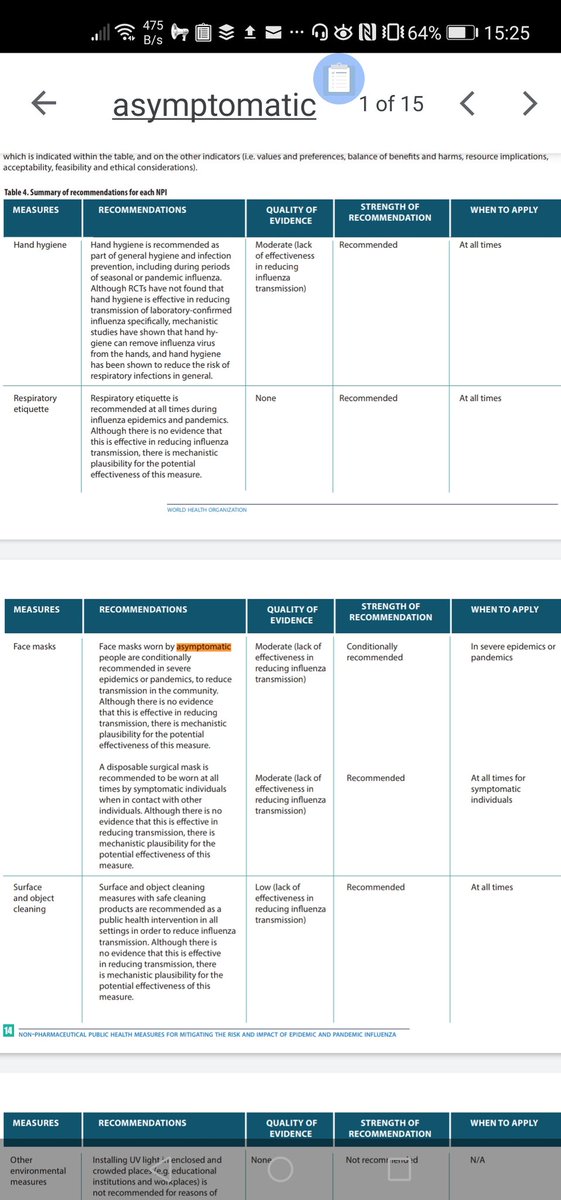
@WHO highlights how important #Ventilation is for #HealthyBuildings in order to help reduce the risk of indoor transmission of #COVID19! "This has to be one intervention part of a package of interventions to prevent" #SARSCoV2 transmission. @j_g_allen
"In settings like schools or working places ...what we are recommending is to increase the rate of air change; increase the rate of ventilation by natural ways or mechanical ones, always trying to avoid the recirculation of the air." 2/
@ShellyMBoulder @linseymarr @CorsIAQ
@ShellyMBoulder @linseymarr @CorsIAQ
"Essentially what we know is to renew the air... if in 1 hour you renew, you change your air six times, I think that will provide quite a sensible way of making sure that we are reducing or preventing the spread of the virus indoors." 3/ #Ventilation #HealthAndSafety @kprather88
Advice for building managers/owners from the @WHO website-
"Increase air filtration to as high as possible without significantly diminishing design airflow... filters should be cleaned regularly..." @AndersIAQ @JimRosenthal4
@akm5376 @jljcolorado
who.int/news-room/q-a-….
"Increase air filtration to as high as possible without significantly diminishing design airflow... filters should be cleaned regularly..." @AndersIAQ @JimRosenthal4
@akm5376 @jljcolorado
who.int/news-room/q-a-….
• • •
Missing some Tweet in this thread? You can try to
force a refresh



